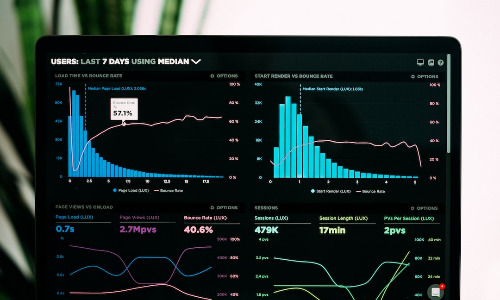
Make your Energy Data Make Sense
When it comes to managing energy, data is crucial, but it can be difficult to communicate it in a way that makes sense to everyone. Sam Arje, a Senior Energy Consultant at TEAM, shares some tips on how to make your energy data meaningful and easy to understand for your stakeholders.
Customise Your Reports
Not everyone wants the same type of information, so it’s important to understand what your stakeholders prefer. Don’t assume that a senior director wants pages of detailed data. Some might prefer a summarized report with graphical representation, while others might want more detail. The key is to talk to your stakeholders and find out what they want.
Communicate Clearly and Simply
Energy professionals use a lot of acronyms and technical language that others might not understand. So when you’re communicating energy data to people outside your field, make sure to use language that they can easily understand.
Using language and terms that everyone understands can help make your data more meaningful. For example, converting energy consumption data into pounds or carbon emissions can help people understand the impact, but it can also lead to misunderstandings. Consider adding an intensity ratio to your data to provide context and help people understand what your data means.
What Story are you Trying to Tell?
Data should tell a story, and to make that story meaningful, it’s important to follow a structure. First, you need to compile the data from the right sources. Second, you need to verify that the data is accurate. Finally, you need to present the data in a way that makes sense to your stakeholders.
In conclusion, to make your energy data meaningful and easy to understand, it’s important to tailor your information, cut the jargon, find a common ground, and find the true narrative. By doing these things, you can help your stakeholders understand and get valuable information from your energy data.


